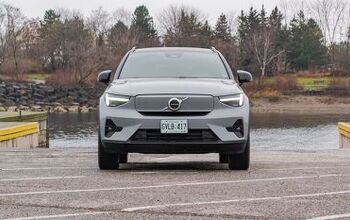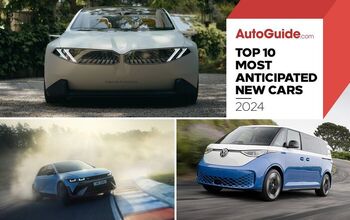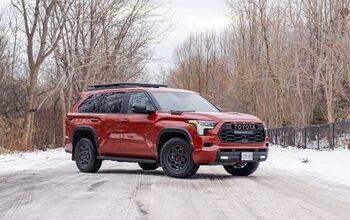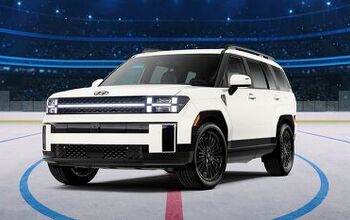The 10 Worst Electric Cars
Electric vehicles are being celebrated for their efficiency and environmental benefits. EVs have been around for a while, and like all cars, not all have lived up to expectations.
Here’s a look at the ten worst electric cars!
1. Mitsubishi i-MiEV
The Mitsubishi i-MiEV, sold in the U.S. from 2011 through 2017, struggled with a limited range of 62 miles and basic features that did not justify its price, offering minimal comfort and technological amenities. To be fair, the i-MiEV was one of the first highway-capable mass-market EVs available in many global markets.
2. Smart Fortwo Electric Drive
In production since 2007, the Smart Fortwo Electric Drive is known for its compact design. Unfortunately, it has been heavily criticized for an even more limited range of 58 miles and a cramped cabin, making it impractical for large people or any activities beyond short urban trips.
3. Fiat 500e
The original Fiat 500e existed in the United States from 2012 until 2019. While stylish, it only offered a modest range of 84 miles and suffered from a small interior much like its gasoline counterparts. It was primarily manufactured to comply with industry regulations rather than meet consumer demands. The new 2024 Fiat 500e offers 150 miles of range but has limited availability in North America.
4. Mercedes-Benz B-Class Electric
It's short life began in 2015 and was over quickly. This luxury compact struggled with market acceptance due to its limited 87-mile range and high price, failing to deliver the expected performance and value for a luxury brand. Interestingly, it used an early 36 kWh battery pack from Tesla Motors.
5. Nissan Leaf (1st Generation)
Pioneering in 2010 as one of the first mass-produced EVs, the first-generation Nissan Leaf faced issues with battery degradation, leading to a reduced range over time and reliability concerns. Run as fast as you can if you come across one for sale. The 2024 Nissan Leaf continues to live on as a competent urban electric vehicle.
6. Chevrolet Spark EV
The Chevrolet Spark EV offered a better range of approximately 82 miles but was limited by its availability primarily in select markets and a cramped rear seat, limiting its appeal. It did, however, have more torque than the Ferrari 458, a metric GM was quick to share–repeatedly, endlessly, exhaustingly so.
7. Ford Focus Electric
The Ford Focus Electric was hindered by a modest range of about 76 miles and a cargo space compromised by the battery's placement, making it less functional as a useful car. Sold from 2011-2018 the electric Focus was way more expensive than it's gas counterpart. Not many were ever sold, and those that did get sold were never that loved.
8. Honda Fit EV
Available only through a lease in the United States, the Honda Fit EV had a limited release. Despite a decent range of 82 miles, it was boring and lacked the character and cargo space that made the gas-powered Fit much loved.
9. BMW i3
The BMW i3 enjoyed an extended production run from 2013 through 2022. BMW's first real electric car was innovative with its carbon fiber construction, but it had a polarizing design and a range of just 81 miles without the optional range extender. It offered less range than competitors in its price range, and the fact it was so ugly should have warranted a significant discount.
10. Chevrolet Bolt
General Motors' first mass-produced EV, the Bolt was intended to cater to a wider population than the Tesla Model S, the dominant market leader at the time. The Bolt offered an impressive range of more than 200 miles and a roomy interior. Unfortunately, it catches on fire–and that's the end of that conversation.
This article was co-written using AI and was then heavily edited and optimized by our editorial team.
More by AutoGuide.com Staff










































Comments
Join the conversation
I have to come the defense of some of the manufacturers, they built these pocket rockets just for city use and so one has to expect to use them for that purpose.
For example ya can't use a station wagon for the purpose of a truck.
I understand what you're saying but it's what they were built for.
As far as the BMW I have to say it looks snazy to me kinda like a vision of the future.
Overall I have to say they should have done better with the space inside with many models.
Stupid assed comments abound in this article. The Bolt catches fire....end of story. Years old "fact" that no longer applies since every one got a new, upgraded battery pack. When's the last time you heard of one catching fire?